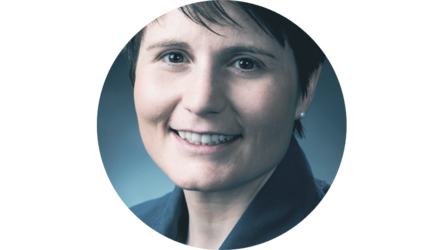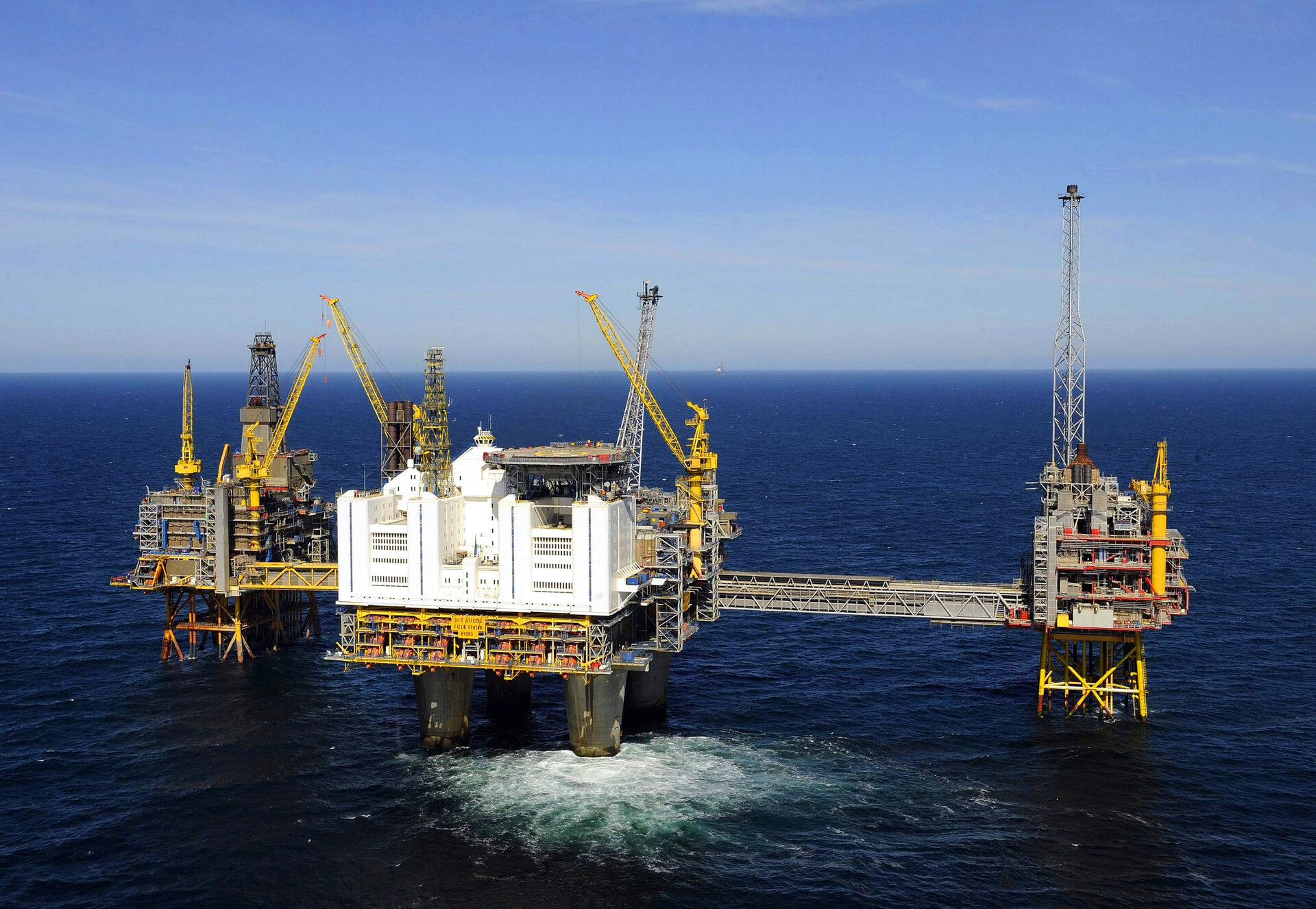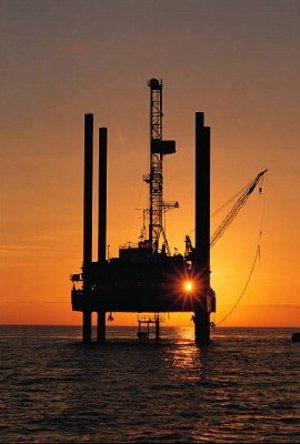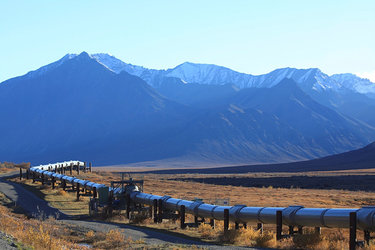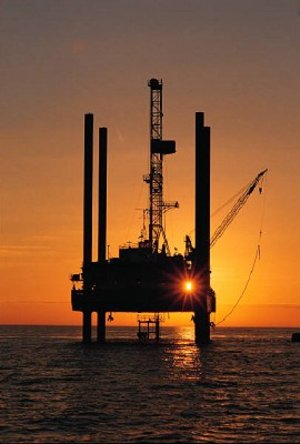Sharing technology for hostile environments
The extraction of oil and natural gas often involves working in inhospitable and dangerous environments. Experience and technology from the space industry is being transferred to energy companies to make finding and exploiting energy sources safer and cleaner. ESA’s Technology Transfer Programme has demonstrated a range of materials and instruments that can be shared and may have wider use in the coming years.
Research co-funded by ESA and the Norwegian research organization SINTEF produced an innovative gas detector to alert for dangerous gas build-ups. Based on optical Micro-Electro-Mechanical Systems (MEMS) technology, the sensor operates through tiny voltage-driven shifts of silicon gratings, equivalent in distance to a hundredth the diameter of a human hair.
This sensor technology can be ‘tuned’ to detect particular gases of interest – whether it’s a hazard to a mission in space, or a potentially explosive build-up of gas at an energy installation. Methane leaks are a major safety hazard aboard the rigs extracting oil or natural gas from the ground. Methane is a colourless and odourless gas, but at high concentrations it can asphyxiate or induce explosions.
Beyond the energy sector, the detector could also be applied to air quality monitoring or even low-cost ‘alco-locks’ preventing a car from starting if a driver has alcohol on his breath.
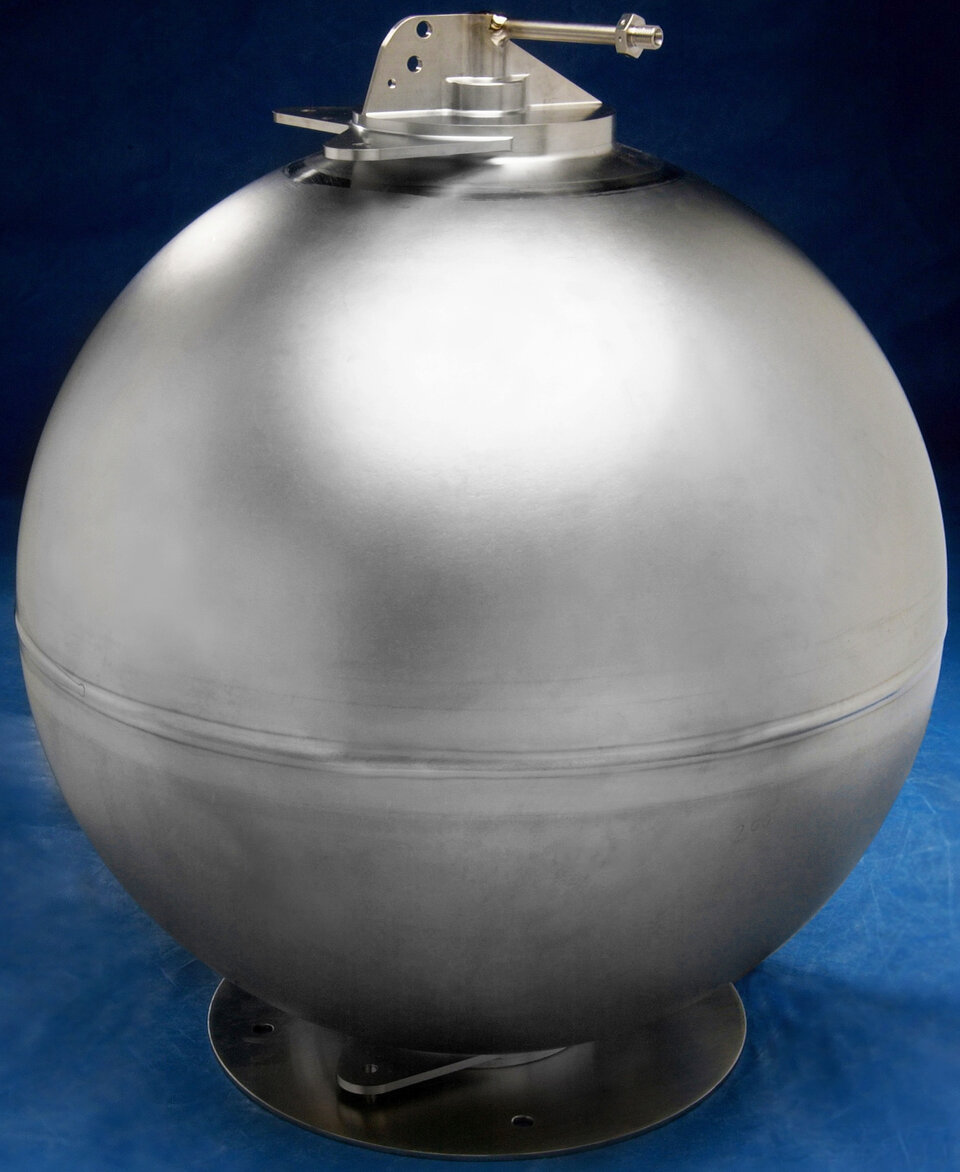
The Ariane 5 rocket has been a tremendous success for Europe but it’s not just launchers that need tough and corrosion-resistant material. Offshore underwater equipment is a long way from space but it also needs to be able to survive in a challenging environment, and the longer it can function without requiring repair or replacement, the better. The material created for the hydrazine fuel tanks aboard Ariane could be the answer. ‘Ti6-4’ titanium is used to produce the tanks, and when combined with the special ‘hot gas pressure forming’ technique, the result is a strong and extremely corrosion-resistant structure.
Another spin-off with big potential could be the sensors carried by planetary landers to measure magnetic fields. This could lead to smaller sensors for oil and gas drilling tools that would need less power than those used today.
Underwater vehicles and manipulators used in the oil and gas industry are remotely controlled by human operators. Robotic technology and techniques for docking spacecraft with millimetre-accuracy in orbit could be used to improve oil and gas exploration activities. Space technology could also allow robotic vehicles to work more efficiently. Conventional underwater Remotely Operated Vehicles could be upgraded with space-rated vision systems and robotic controllers. Remote inspection of over-ground facilities could also be easier. Novelty or Anomaly Hunter (NOAH) software developed for space probes to spot anything unusual or out of place could be fitted to crewless vehicles for the monotonous task of inspecting hundreds of kilometres of pipelines for leaks.
Leaks are not the only concern: offshore oil and gas installations have thousands of parameters which must be monitored constantly. Technology developed by ESA to monitor and control satellites has been modified for a system offering improved remote monitoring of for the energy industry.
Remote Intuitive Visual Operations (RIVOPS) received support from ESA’s flight controllers whilst being developed at ESA’s Business Incubation Centre at ESTEC in the Netherlands. The inventors also had advice from oil and gas control centres at Den Haag and Den Helder in the Netherlands and at Stavanger in Norway. Its parent company EATOPS (Ergonomics Applied to Operations) has delivered projects in Norway, the Netherlands, France, Spain, Switzerland & Italy.















 Germany
Germany
 Austria
Austria
 Belgium
Belgium
 Denmark
Denmark
 Spain
Spain
 Estonia
Estonia
 Finland
Finland
 France
France
 Greece
Greece
 Hungary
Hungary
 Ireland
Ireland
 Italy
Italy
 Luxembourg
Luxembourg
 Norway
Norway
 The Netherlands
The Netherlands
 Poland
Poland
 Portugal
Portugal
 Czechia
Czechia
 Romania
Romania
 United Kingdom
United Kingdom
 Slovenia
Slovenia
 Sweden
Sweden
 Switzerland
Switzerland



